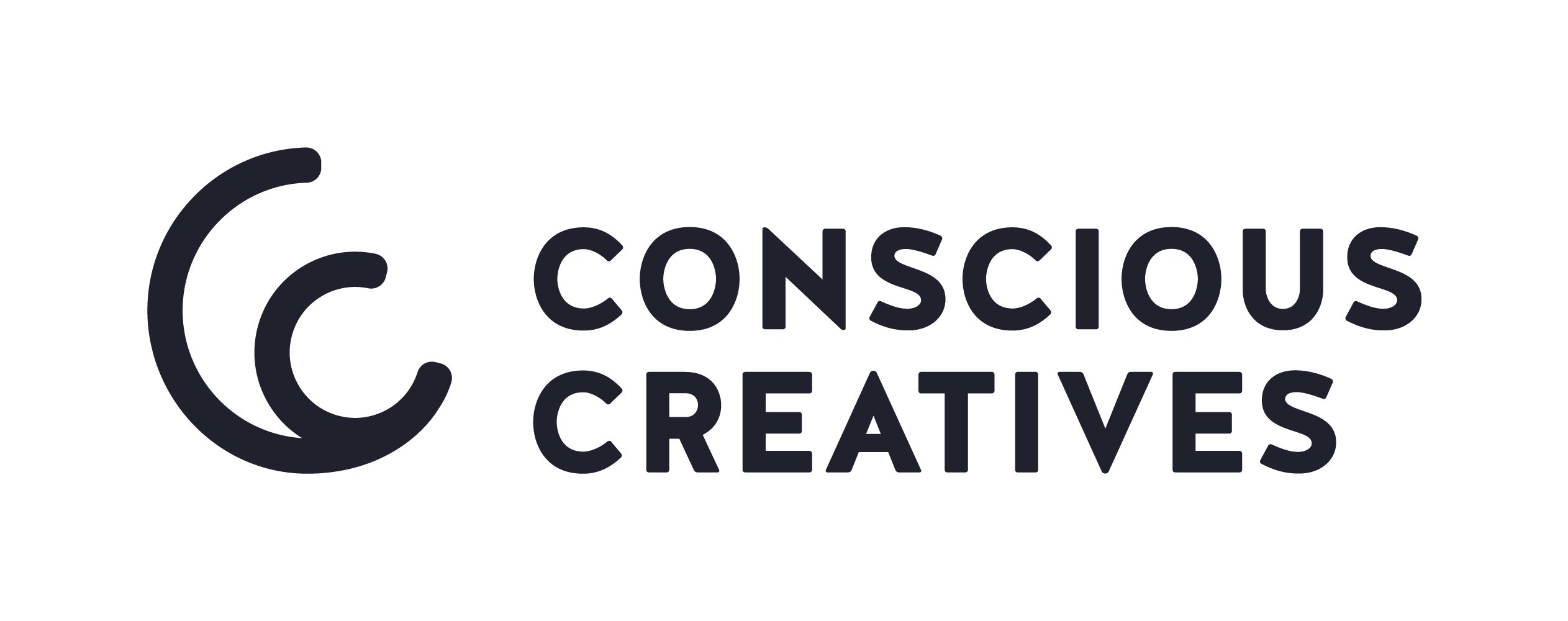7 ways to easily conserve water at work
Concerned about your water usage? Here are 7 easy tips to conserve water at your workplace.
In a rapidly changing climate, most of us know the value of lowering our resource use. But when it comes to the workplace, it can feel like someone else’s problem. If we’re not paying the bills, it’s not our emissions — right?
That’s when we need to understand our shared responsibility. Whether at home, on the move or at work, using less should be on our minds.
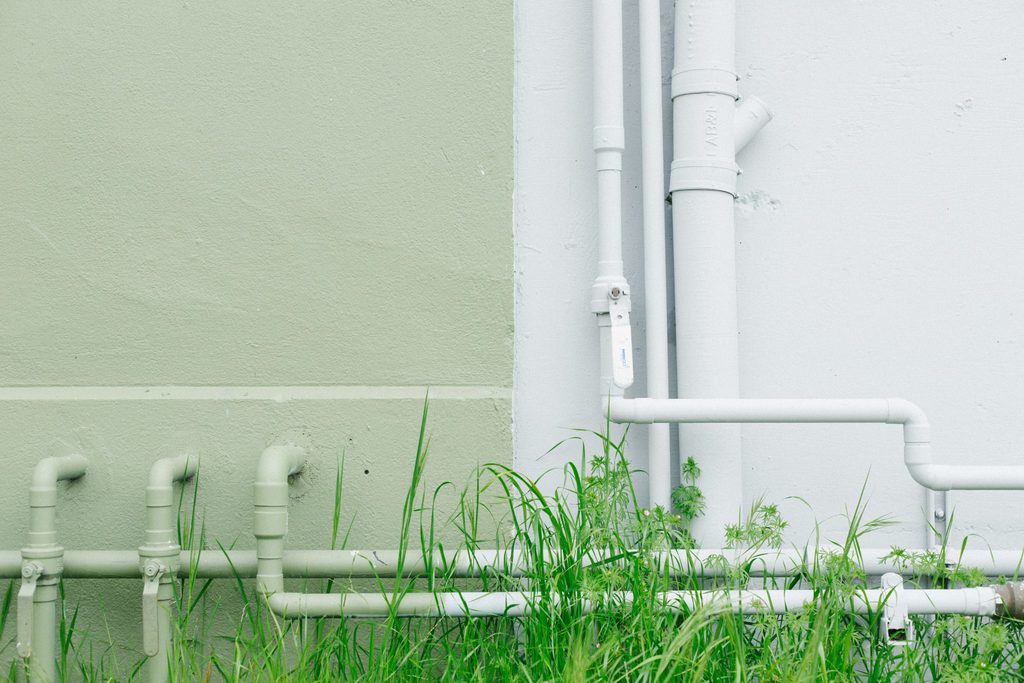
So when we clock in every day, how can we conserve water at work? And how can workplace leaders help to facilitate that change?
Today, let’s dig into how you can make changes to help your staff conserve water at work.
1. Change your taps and toilets
Kitchens and restrooms are the biggest drains on water in any company. So a few simple changes to your utilities could make a huge difference.
Install tap aerators and you’ll cut your water consumption from 15 litres per minute to just 6 litres per minute. Over the course of a year, that’s a significant saving. Aerators work by mixing water with air, meaning you keep the same water pressure but use a fraction of the water.
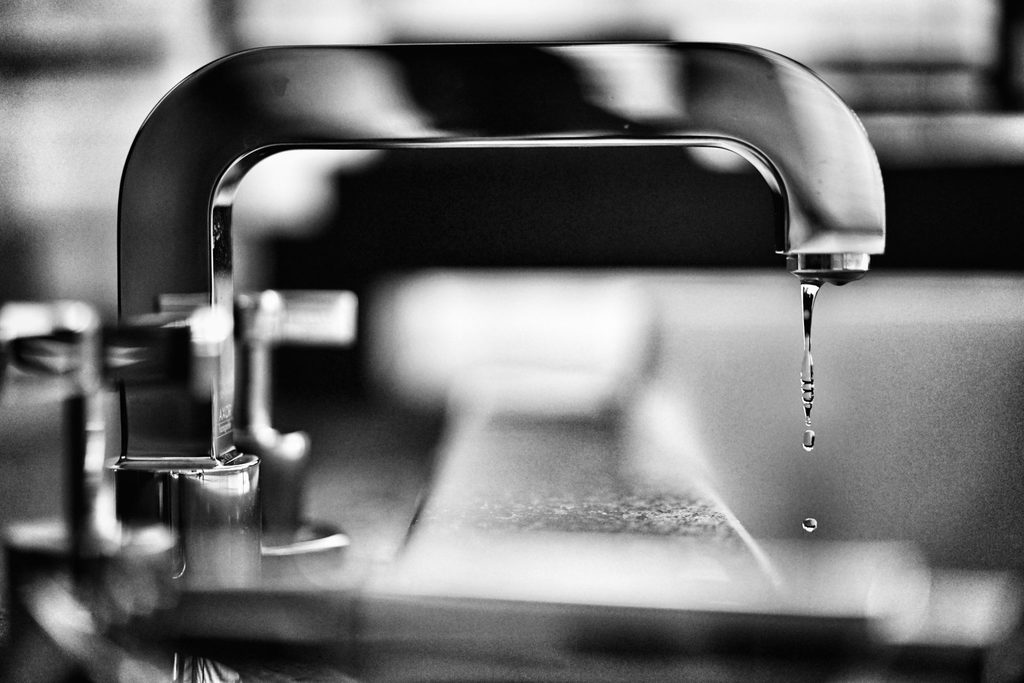
And for another saving, upgrade your toilets to an efficient dual-flush system. Older models tend to use far more water than modern toilets, so it’ll be a worthwhile investment as well as a sustainable alternative.
2. Switch to waterless urinals
Waterless urinals work — you guessed it — without any need for water to flush. Depending on the amount of usage, they could pay for themselves within one to three years in savings.
In a large office building, a waterless urinal could be one of the most effective ways of conserving water at work.
3. Plants and garden areas
Is your office a mini-jungle? If so, watering could be a significant drain on resources. For indoor plants, use a watering jug with a narrow spout and focus on the roots.
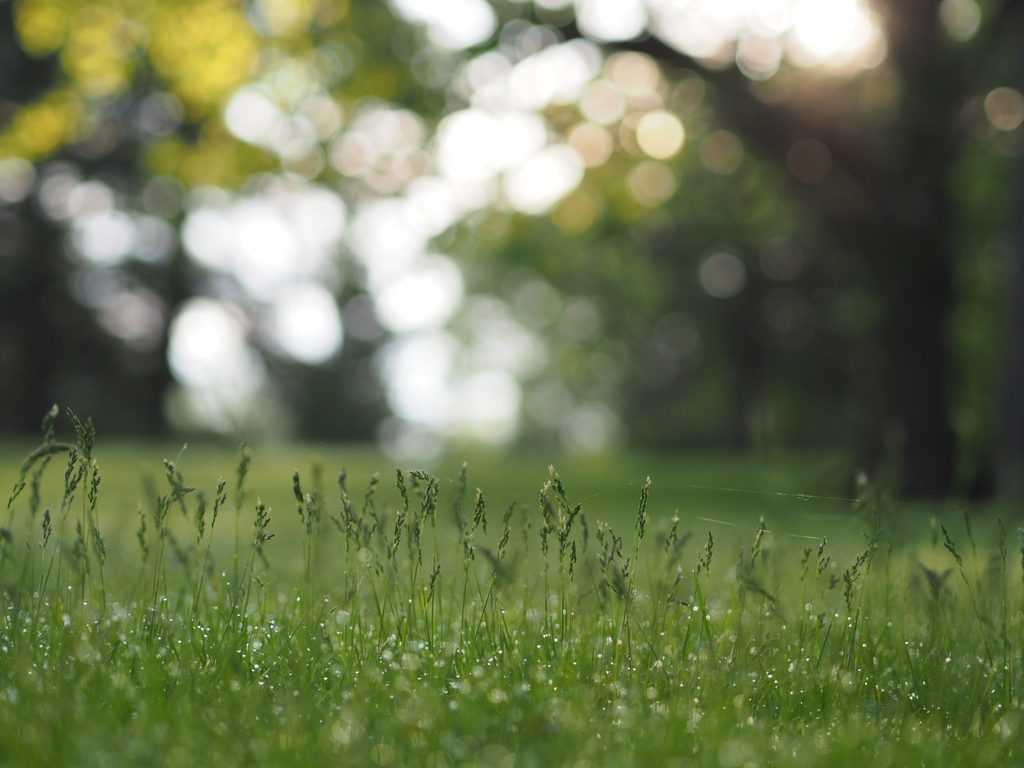
If you have a landscaped outdoor area, consider planting hardy native species that don’t need much water. Avoid large lawn areas, as grass is a thirsty crop that does little for local wildlife.
4. Arrange a water audit
For companies that use a lot of water — in the manufacturing process, for example — it’s important to monitor your usage. A full water audit is a good place to start conserving water at work.
Resources, such as this one from WRAP, can help companies reduce their water consumption by around 30%.
5. Collect rainwater
Conserving water at work doesn’t just mean reducing what we use — we can also harvest rainwater to ease the demands on water companies. The water from our taps is treated extensively, so using a natural supply is a smart move.
Speak to your building manager (if you don’t own the building) about installing a water butt. You can then reuse rainwater on plants or washing company vehicles.
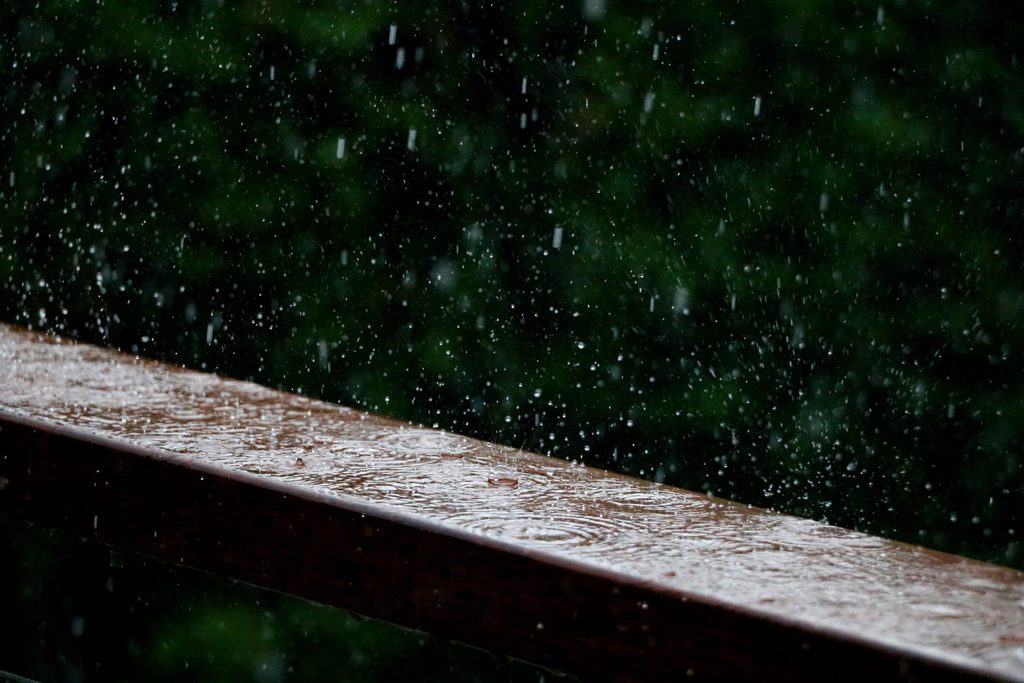
Not convinced? Here’s a stat that might change your mind:
If every household in England installed and used a water butt, it would save 4 billion litres of water per year.
6. Report leaks quickly
A dripping tap isn’t just annoying — it’s costly. A tap that drips once per second will waste 21 litres per day.
Wait a few days before repairing it, and you’re looking at a serious problem.
With all water issues, make sure you’ve got a clear and simple reporting system. Have contact details for repair companies and building managers in a place that’s easy to find.
If you can’t get a repair sorted quickly, stick a bucket underneath a leak and reuse the water elsewhere in the office or outside.
7. Give staff some responsibility
Being a sustainable company means getting your staff on board. One great way to do that is by giving them responsibility, and showing that their actions can have a clear, positive impact.
Hold an informal meeting about reducing your consumption. If anyone shows a particular interest, put them in charge of certain aspects of sustainability. For example, they could be the one to monitor leaks and identify other areas of improvement.
Conserving water at work is just one way we can all be more sustainable. If you also want to reduce your carbon emissions, check out our tips on energy savings ideas for the office or reducing your transport emissions.
